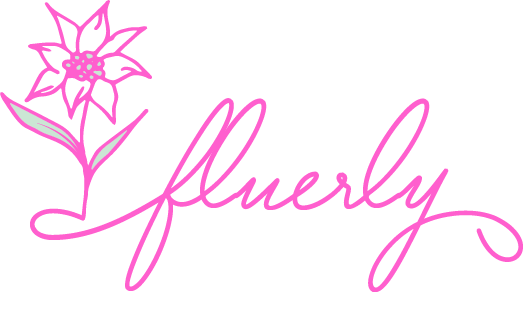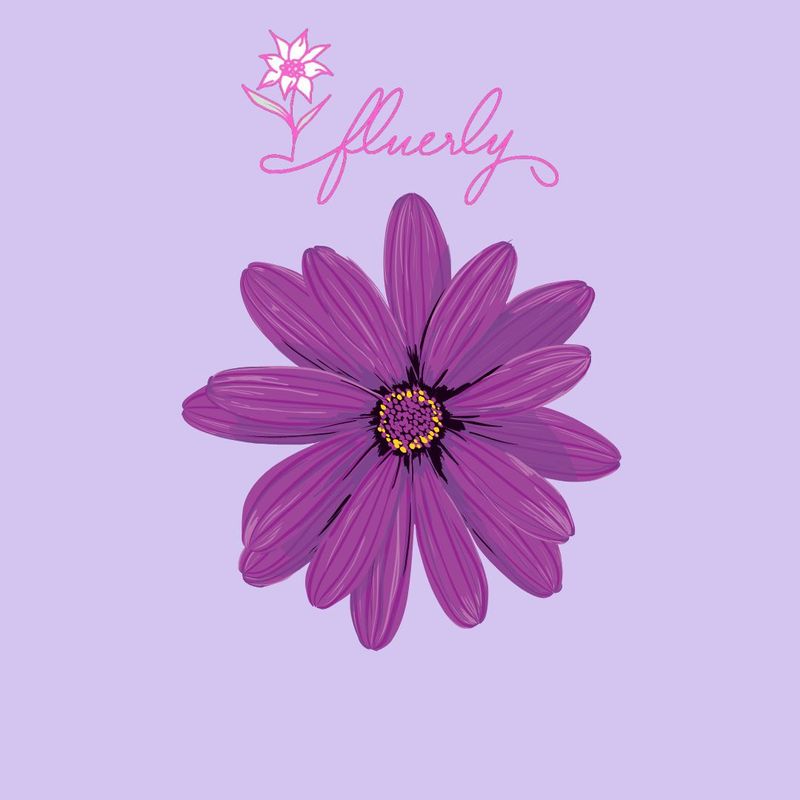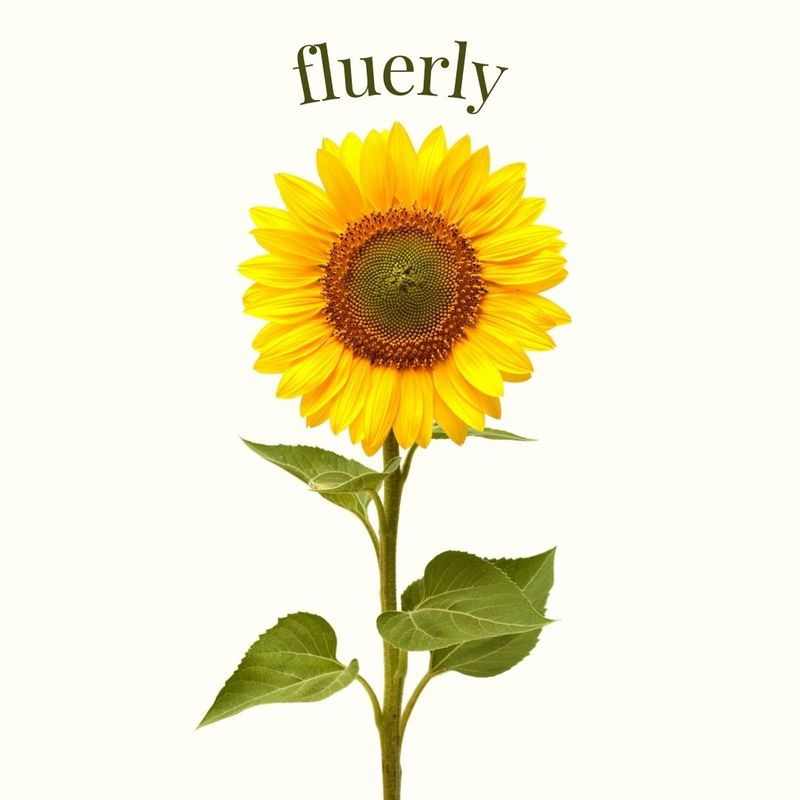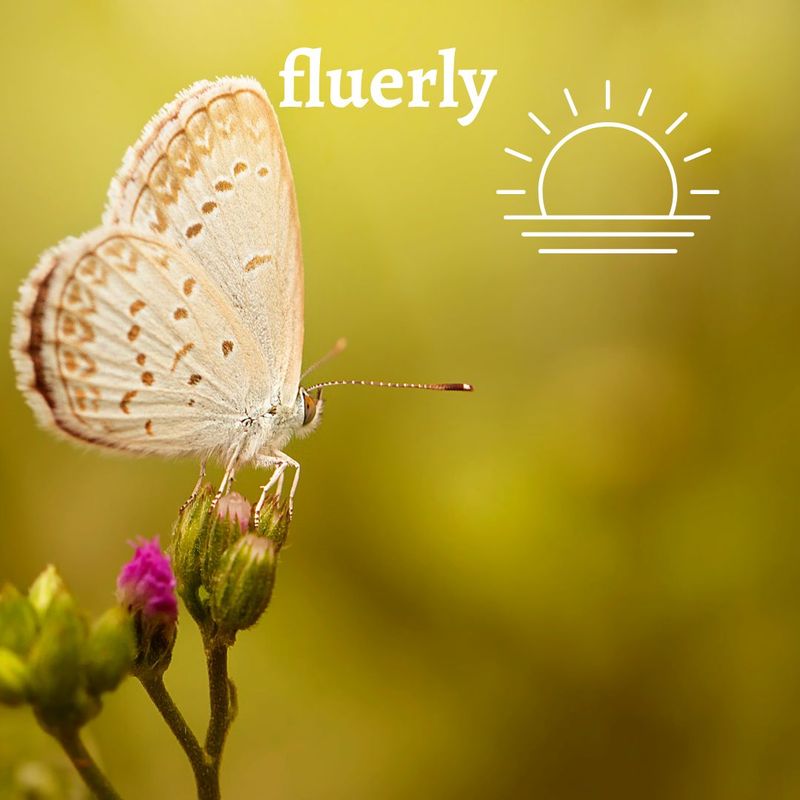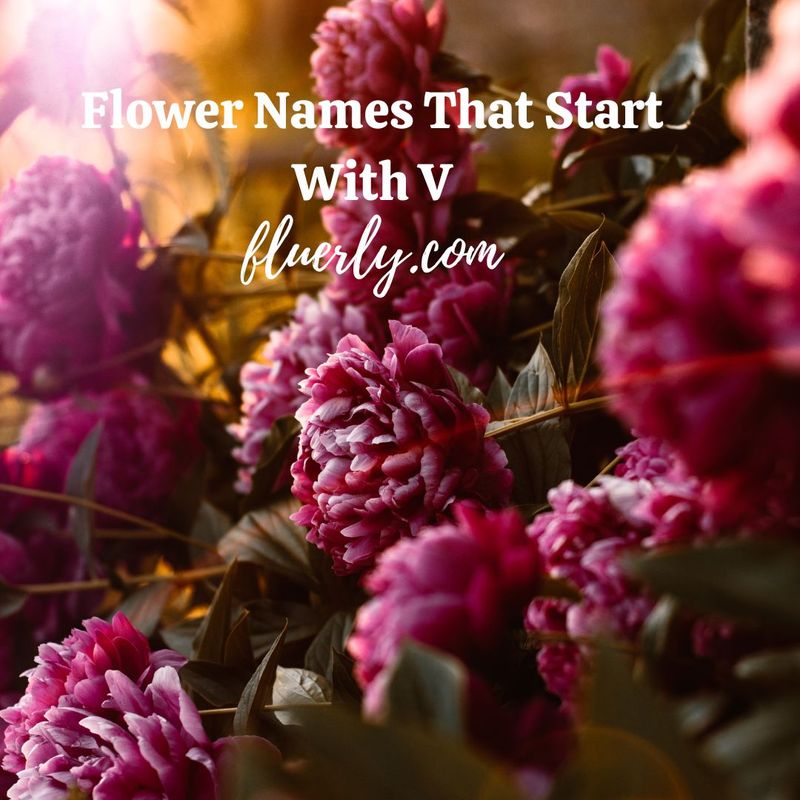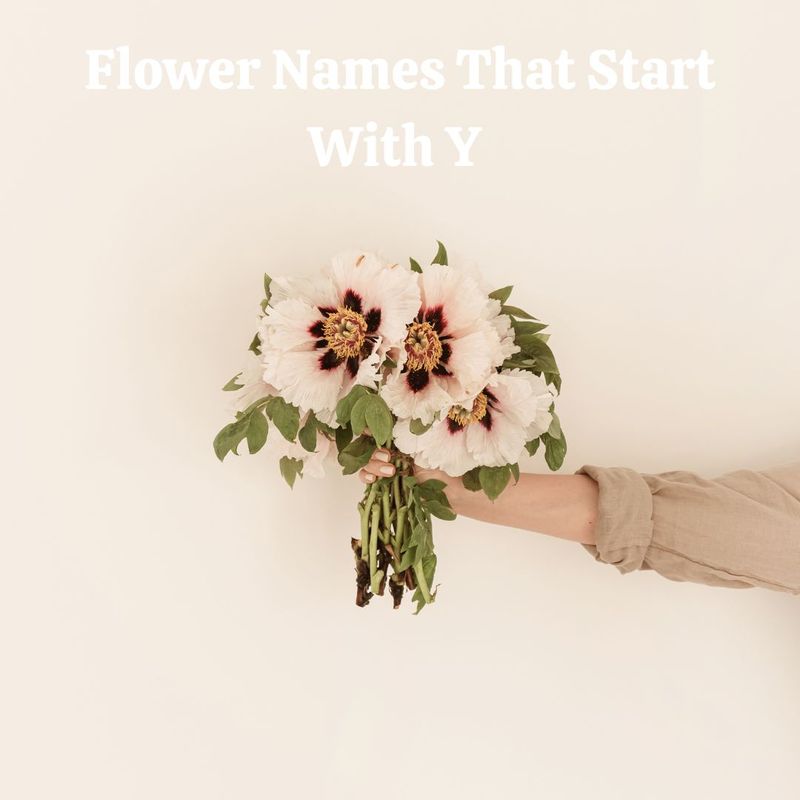There are many different types of purple flowers for you to choose from, so we've put together a series of some of our favorite purple color flowers!
Common Purple-Colored Flowers
Lavender

Lavender is a perennial shrub that grows 1 to 2 feet tall and produces fragrant purple flowers. Flowers are often used in cooking but also smell great when dried and used as potpourri.
Bellflower
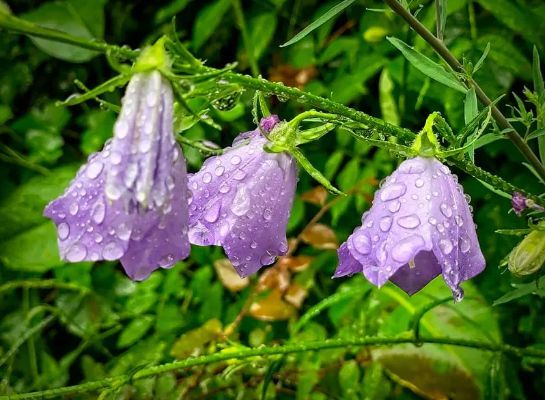
The Bellflower is an herbaceous perennial that grows from 5 to 12 inches tall. The flowers of the Bellflower are purple and have a sweet, delicate fragrance, which is why they're often used as garnishes for salads and cakes.
Dwarf Iris
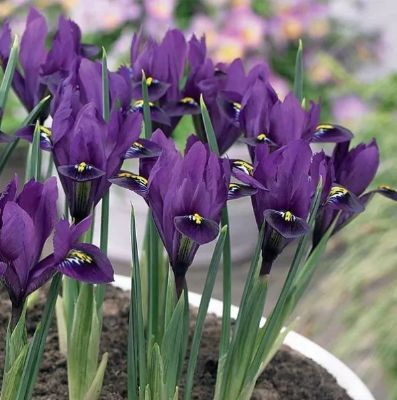
The Dwarf iris is a perennial plant extending up to 2 feet tall. It has long purple, blue, or white flowers and blooms in late spring through early summer. It is hardy in zones 3-9 and prefers partial shade and well-drained soil.
Catmint

Catmint is a perennial herb, often with small pink or purple flowers. It has a minty smell and attracts butterflies and bees.
Monkshood
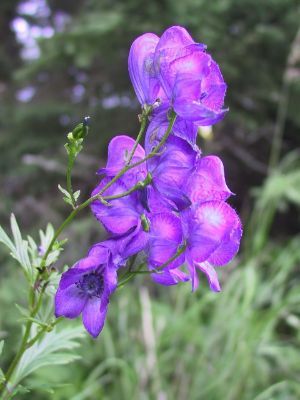
A member of the buttercup family, monkshood rises to 3 feet tall. Its dark green leaves are slightly hairy, and its flowers come in shades of blue, purple, or white. Monkshood should be planted in full sun with average garden soil that drains well.
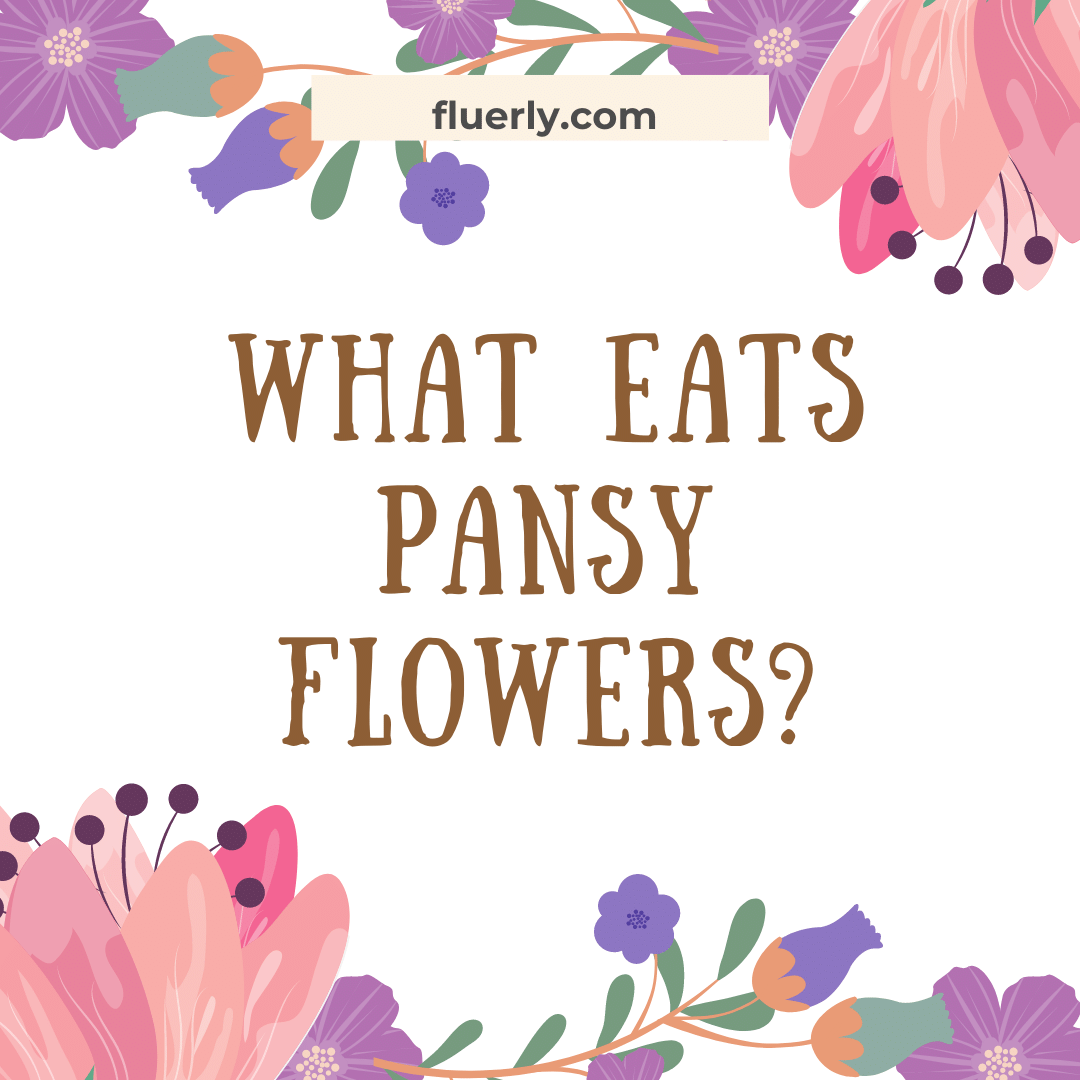
Anemone
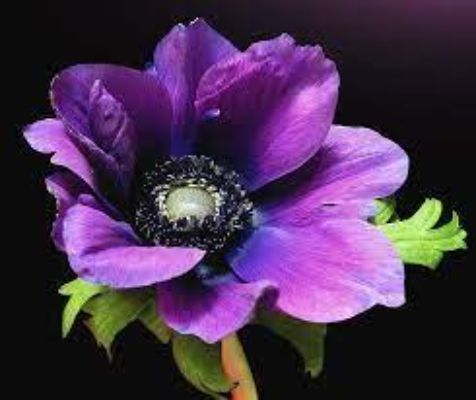
Anemone is a genus of the family Ranunculaceae, native throughout the temperate Northern Hemisphere. The flowers have five petals and sepals, which are mainly purple.
Lily of the Nile
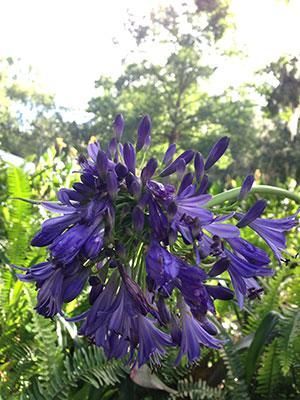
Lily of the Nile is a perennial plant native to Sudan and Ethiopia. They are commonly used in bouquets as they look beautiful when they bloom out of their green foliage. The name Lily of the Nile comes from its resemblance to lily pads found in Egypt's Nile River.
Lily of the Nile is best to plant in any season except winter, but it does not need frequent watering.
Bell Heather
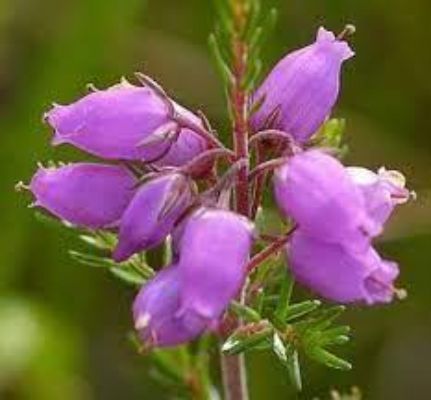
This low, bushy shrub is native to the U.K and grows in sandy soils. The bell-heather flowers are purple and make a good source of nectar for bees.
Salvia

Salvia is a perennial with blue, purple, or white flowers. It's good for attracting bees and butterflies.
Canterbury Bells

Canterbury Bells are a type of lily native to the southwest of England. The flowers are purple and white, with a sweet scent that can be detected from quite far away.
Sea thistle
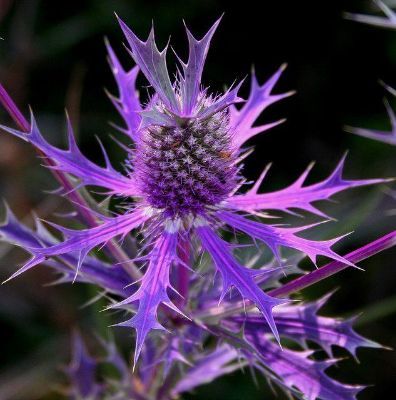
Purple sea thistle is a perennial plant native to the Mediterranean region. It grows in sandy soils, usually near the sea. The rosette of leaves grows during the summer and blooms with purple flowers in late summer and early fall.
Common Comfrey

Common Comfrey is a perennial herb native to Europe. Flowering begins in the summer months, with purple petals fading to white as they age. The flowers attract butterflies and bees.
Cyclamen
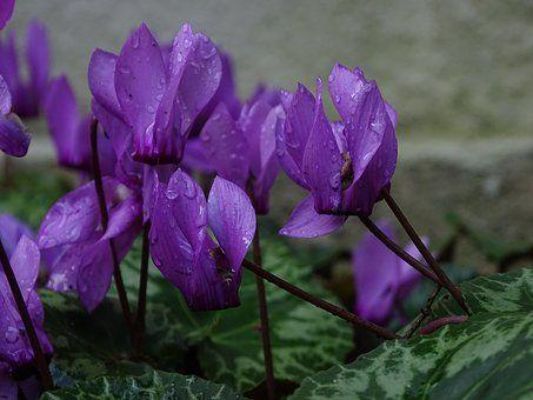
In the Cyclamen genus, there's a variety of flower colors. Wild cyclamen flowers come in purple. Some cultivars have deeper shades of pink or darker purples than others.
Purple Orchids
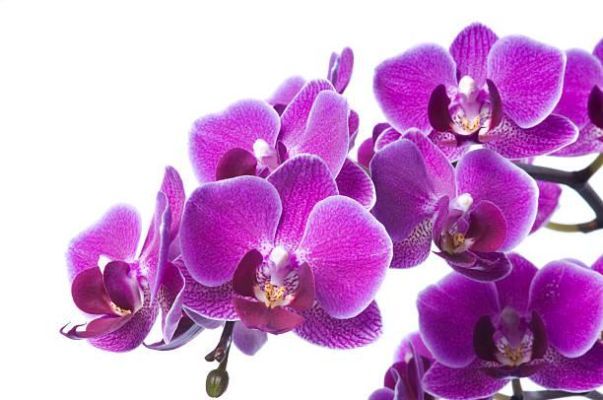
Orchids are a popular choice for purple flowers. These elegant, beautiful plants come in wide varieties and are found everywhere except Antarctica.
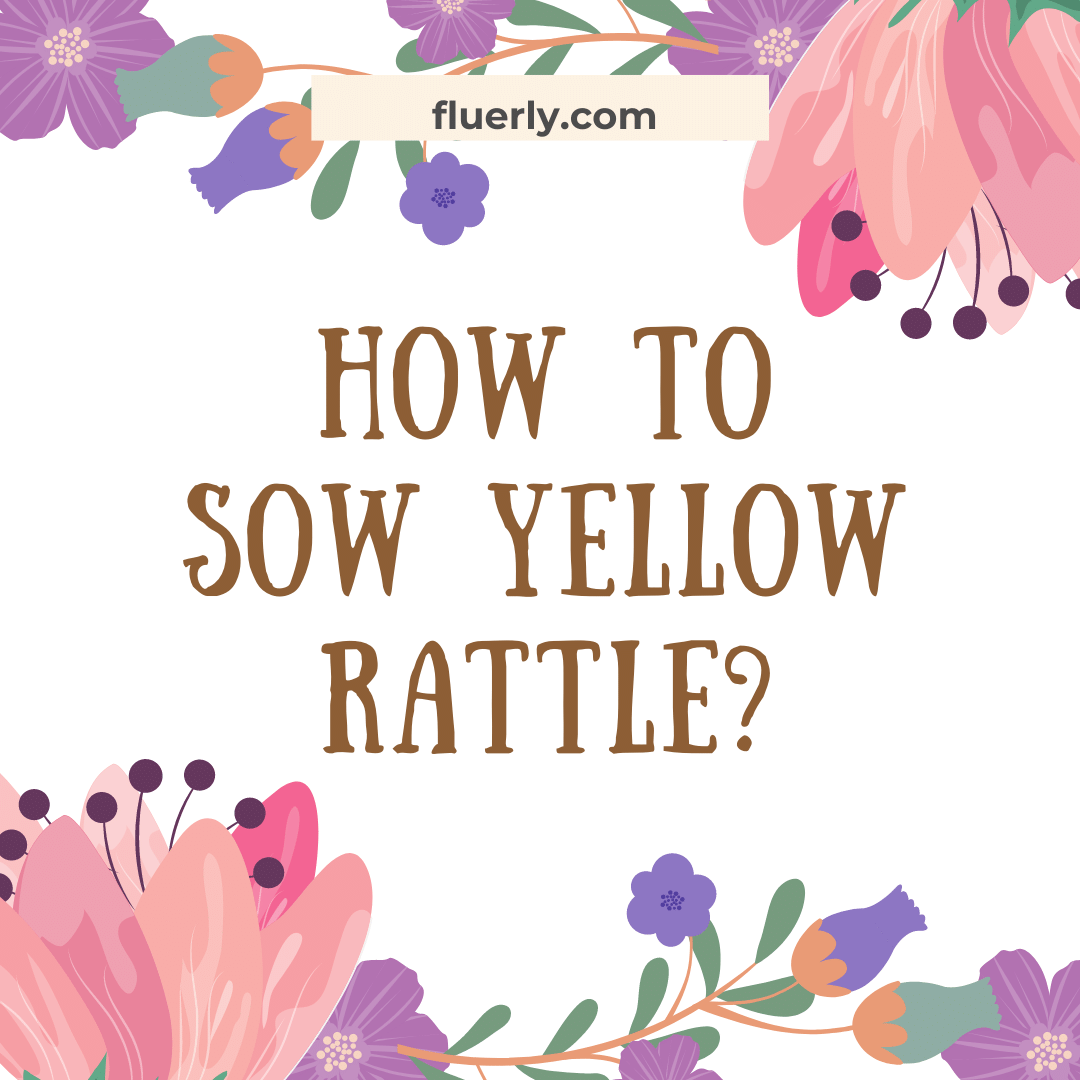
Honesty Flower
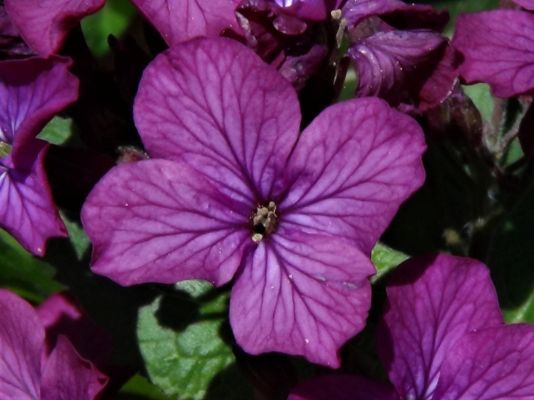
Honesty flowers are also known as the honesty tree because they were thought to be an infallible sign that you could trust what someone told you. The flower is purple and has tubular petals around a yellow center. Honesty flowers bloom in summer, meaning that they can grow well in most parts of the world except for areas with very cold winters.
Lilac Flower
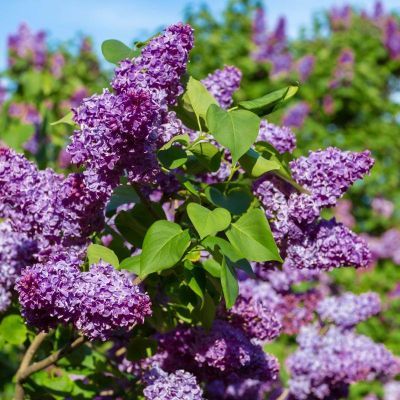
Lilac is a flowering shrub that produces fragrant flowers. The lilac flowers are light purple. The large and showy blooms bloom in late spring. Lilac is easy to grow in the home garden with full sun or partial shade.
Morning Glory

Morning glory is a perennial vine native to North America. It has a purple flower that blooms from mid-summer through autumn.
Allium
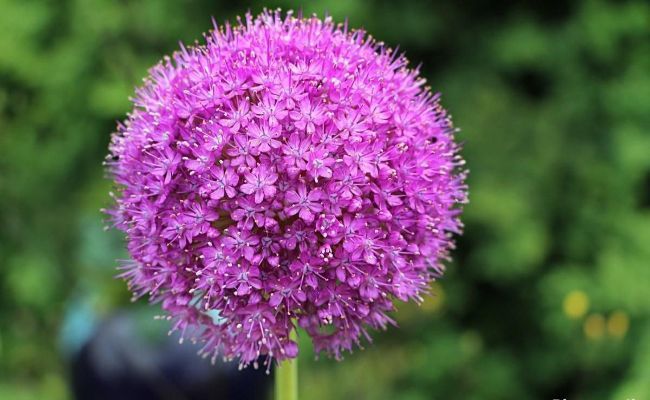
Allium is a genus of flowering plants and is perennial. The flowers are usually purple or white.
Purple rose

The purple rose is a hybrid between the white and red rose. It has become popular for weddings because it symbolizes love, romance, and royalty. Purple roses usually have a very strong fragrance as well.
Wisteria

Wisteria (Wisteria Sinensis), also known as Chinese wisteria, is a perennial flowering plant in the grape family. Often called the flower of spring, Wisteria flowers are fragrant and bloom in late spring to early summer. The flowers are purple, white, or blue on mature plants and can reach 60 feet long.

Verbena

Verbena is a perennial plant that spreads in the U.S. Its flowers are typically purple, but they can be white or pink too.
Verbena is a great addition to your garden because it attracts butterflies and hummingbirds, which will also pollinate your other plants!
Purple Hydrangea
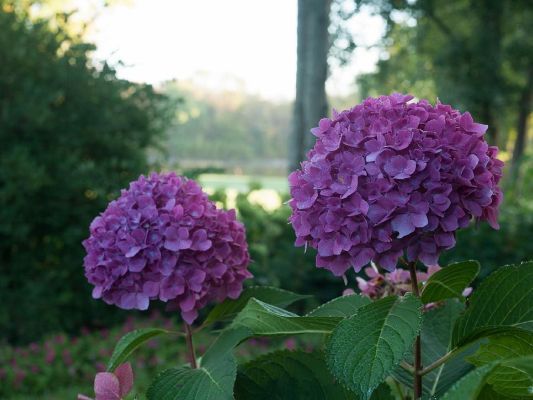
Purple Hydrangea is a flowering shrub native to Asia, where it grows in dry woodlands. The small flowers have purple centers and appear in late spring or early summer.
Purple Symbolizes Mystery, Magic, and Royalty
Purple is a color with several meanings. Purple flowers symbolize mystery, magic, and royalty. In many cultures around the world, purple represents wisdom and spirituality.
Purple Flowers Have Historically Had A Place on Many Royal Occasions
The purple cardinal flower is common at weddings, funerals, and religious ceremonies worldwide. Purple flowers are also often used to celebrate royalty or signify power - making them popular for formal events such as award ceremonies, coronations, and state dinners. You can visit our guide if you like white flowers and want to have them in your garden.
Purple Flower Meanings Include Spirituality and Creativity
Purple is a color of imagination, inspiration, and intuition. It's often used in rituals to connect with higher realms of insight and deeper spiritual understanding. Purple is a common color for meditation cushions because it helps still the mind and promotes contemplative clarity. Purple is also associated with wisdom and learning in Hinduism.
The Color Purple Has Common Association with Royalty, Love, Nobility, Luxury, Power, and Ambition
Purple has long been considered a royal color since it's the color of the robes worn by European monarchs in centuries past. Today, purple is still associated with wealth and opulence when used in clothing or to decorate homes.
Purple flowers are often used to symbolize love and loyalty. This can be seen in many cultures worldwide, such as China, India, and Greece.
Wrapping Up
Purple flowers are a unique symbol in the flower world. Their beautiful color and rich meaning are often associated with royalty and wealth. This article discusses the different meanings of purple flowers and beautiful varieties of purple-colored flowers. I hope, you will enjoy reading this piece of information.
Related:
